Animals possess a myriad of incredible abilities that often leave us in awe. From astonishing feats of strength to unbelievable senses, the natural world is filled with wonders that challenge our understanding.
Mantis Shrimp’s Punch
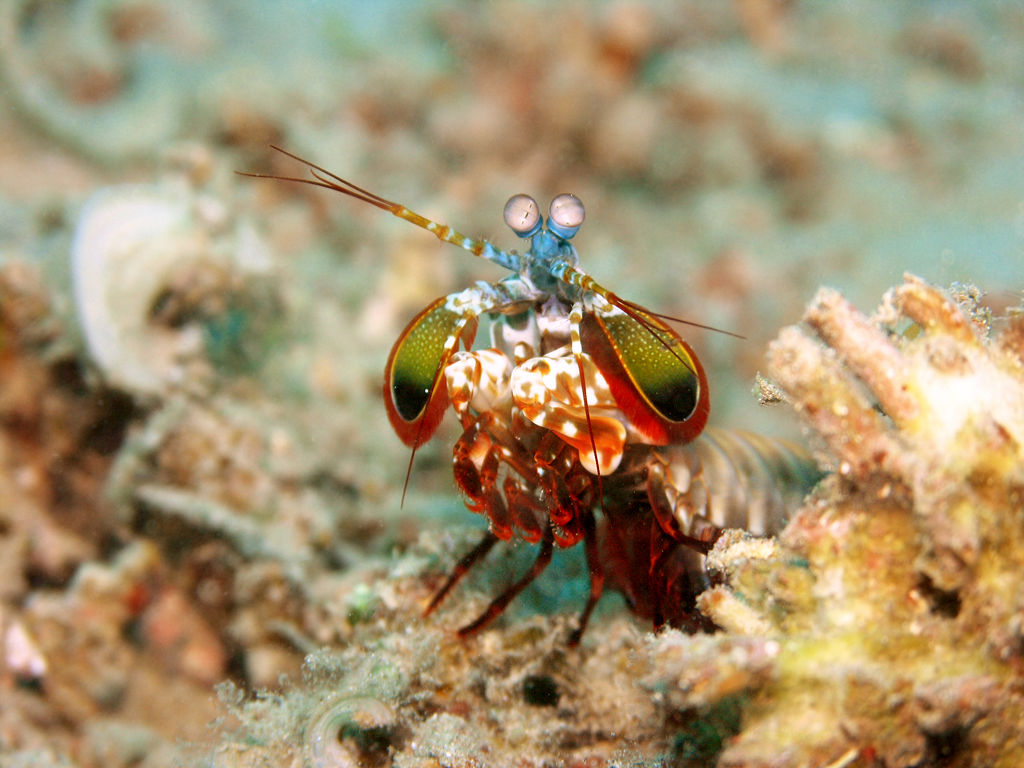
The mantis shrimp boasts one of the fastest and most powerful punches in the animal kingdom. Its specialized appendages can strike with the speed of a bullet, delivering blows with incredible force to stun or kill prey.
Peregrine Falcon’s Dive
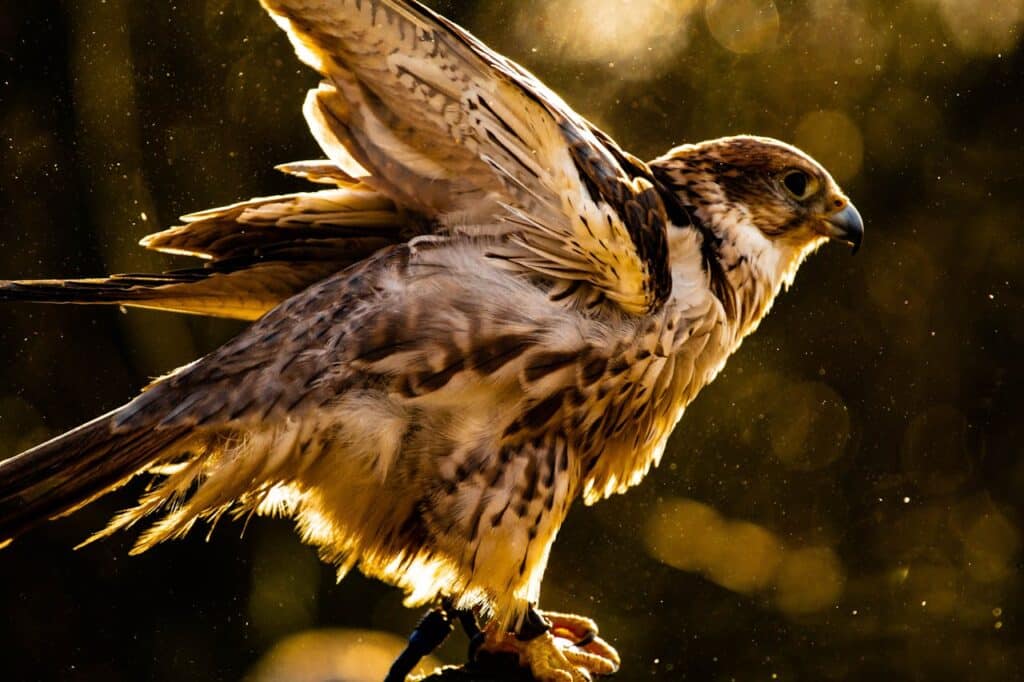
Peregrine falcons are renowned for their breathtaking hunting technique. They can dive at speeds exceeding 240 miles per hour, making them the fastest animals on the planet.
Electric Eel’s Shock
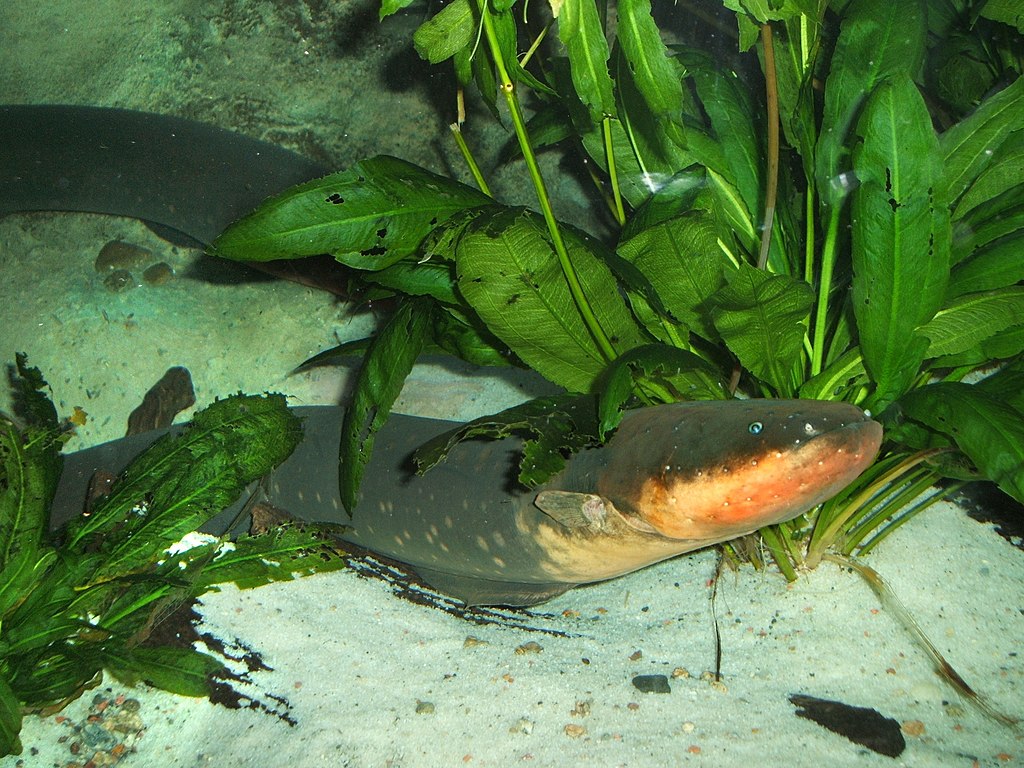
Electric eels can generate electric shocks of up to 600 volts, using specialized organs that act like biological batteries. This ability helps them navigate and locate prey in murky waters.
Honeybee’s Dance Language

Honeybees communicate intricate information about food sources through a unique dance language known as the waggle dance. This sophisticated form of communication helps their colony efficiently gather resources.
Chameleon’s Color Change
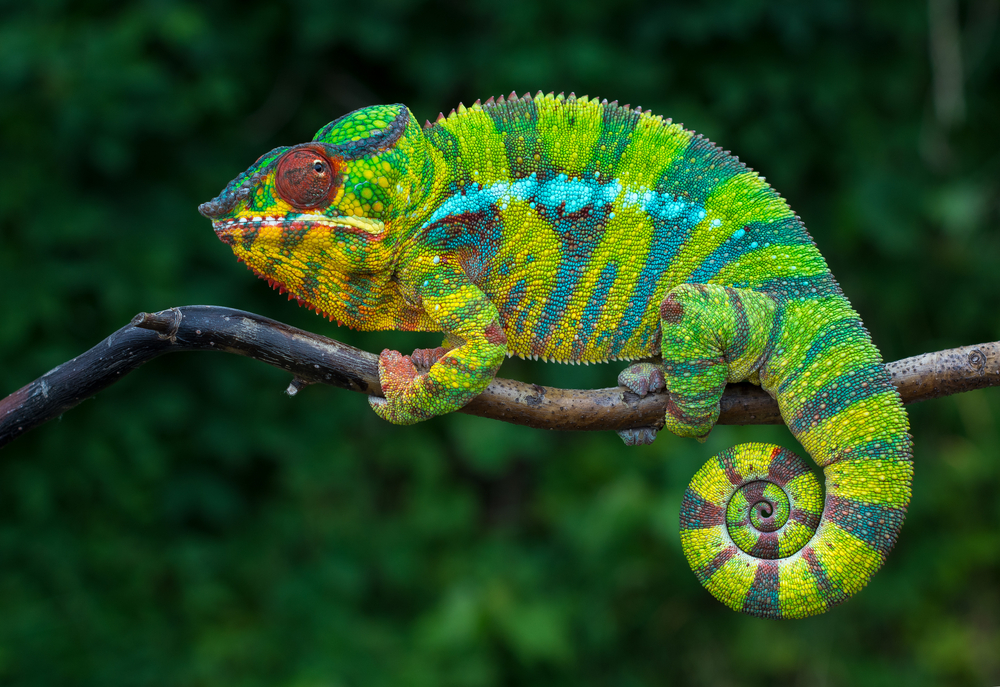
Chameleons can change their skin color to blend into their surroundings or express emotions. Specialized cells called chromatophores allow them to display a stunning array of hues.
Axolotl’s Regeneration
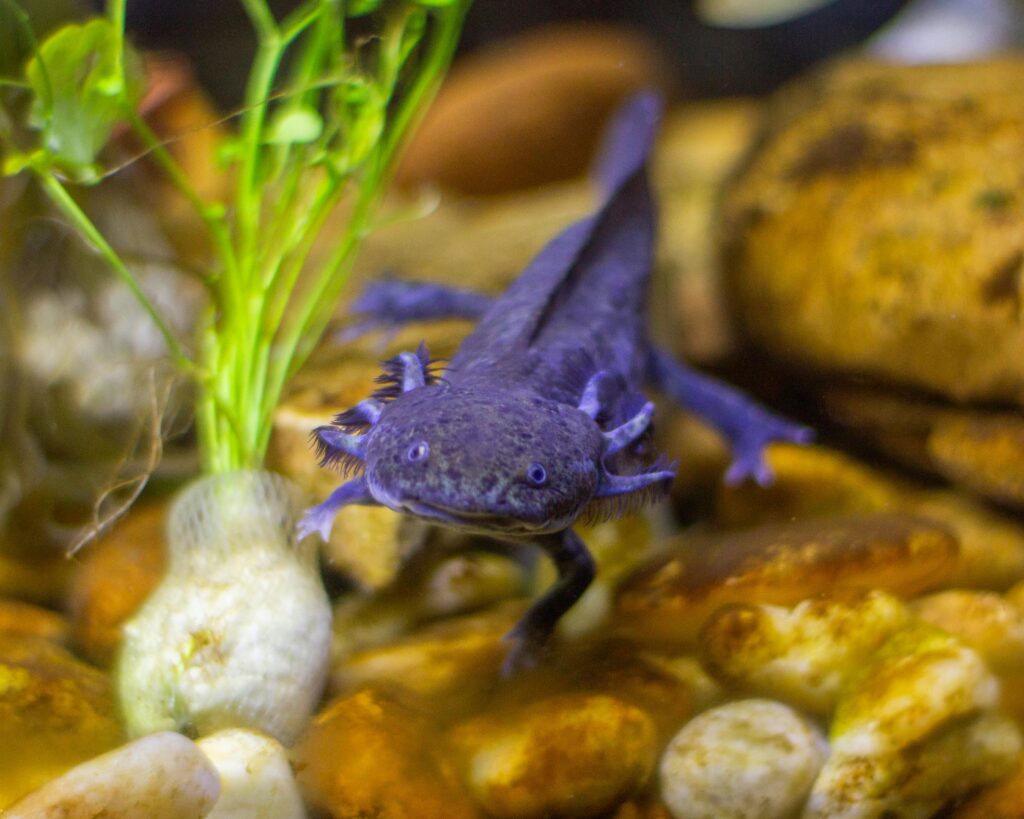
The axolotl, a type of salamander, possesses remarkable regenerative abilities. It can regenerate entire limbs, spinal cord tissue, and even parts of its brain, making it a subject of great interest in medical research.
Owl’s Silent Flight
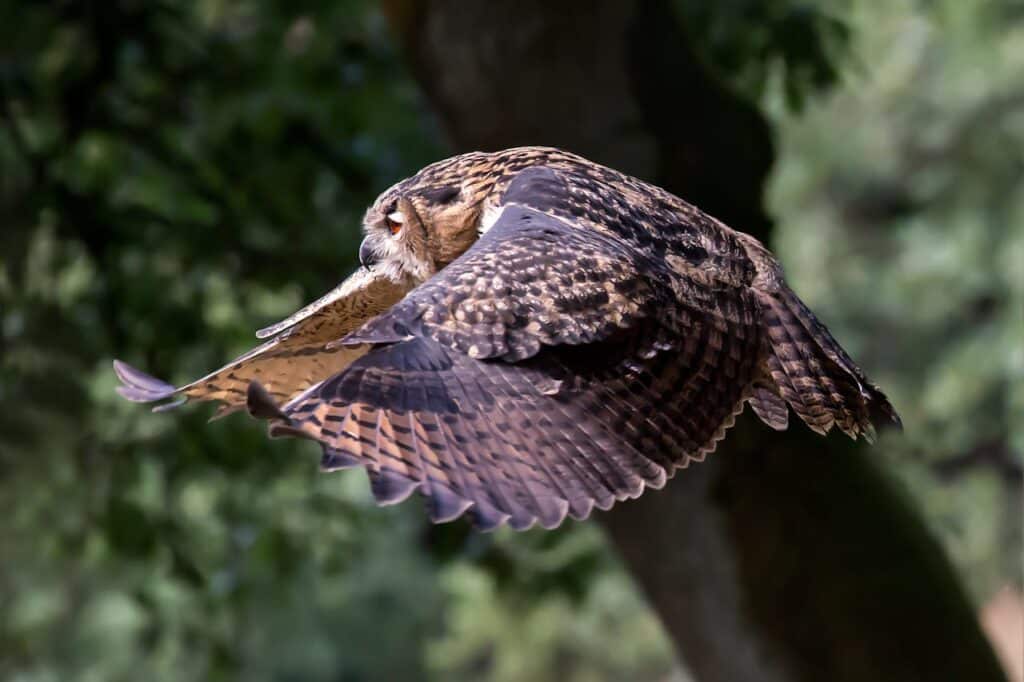
Owls have evolved wings and feathers that allow them to fly silently, giving them a stealthy advantage when hunting at night. This adaptation enables them to surprise prey without being heard.
African Elephant’s Infrasound Communication
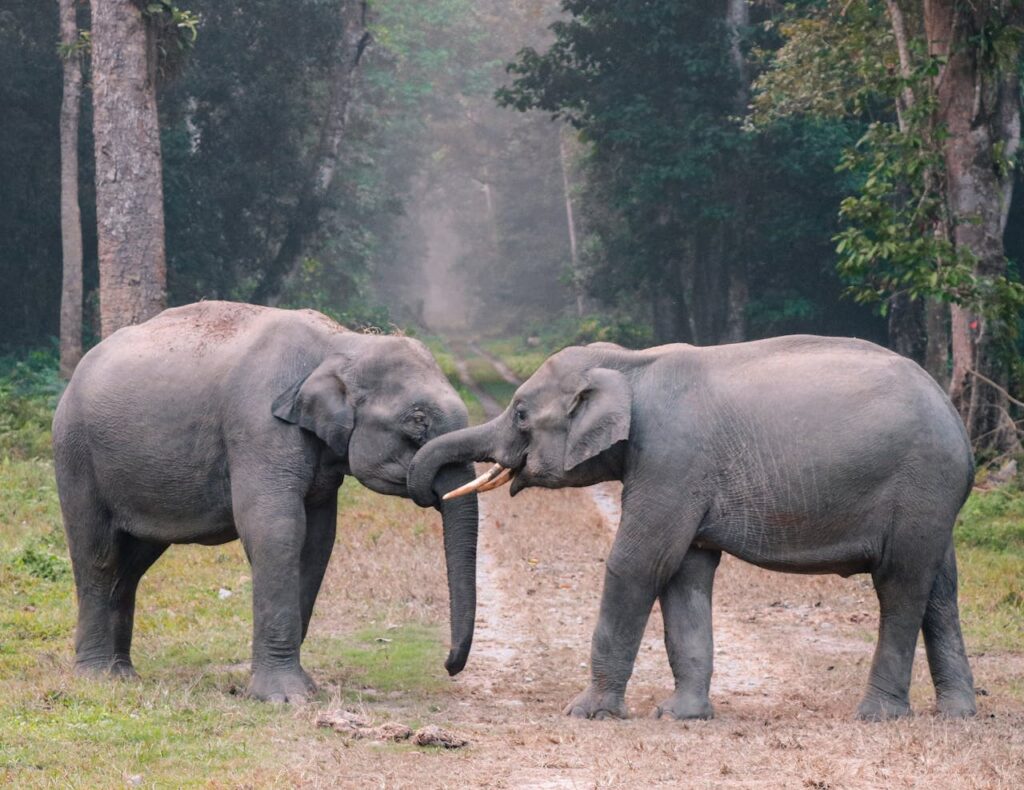
African elephants can communicate over long distances using infrasound, low-frequency sounds below the range of human hearing. This communication method helps them stay connected with their herd members.
Octopus’s Camouflage
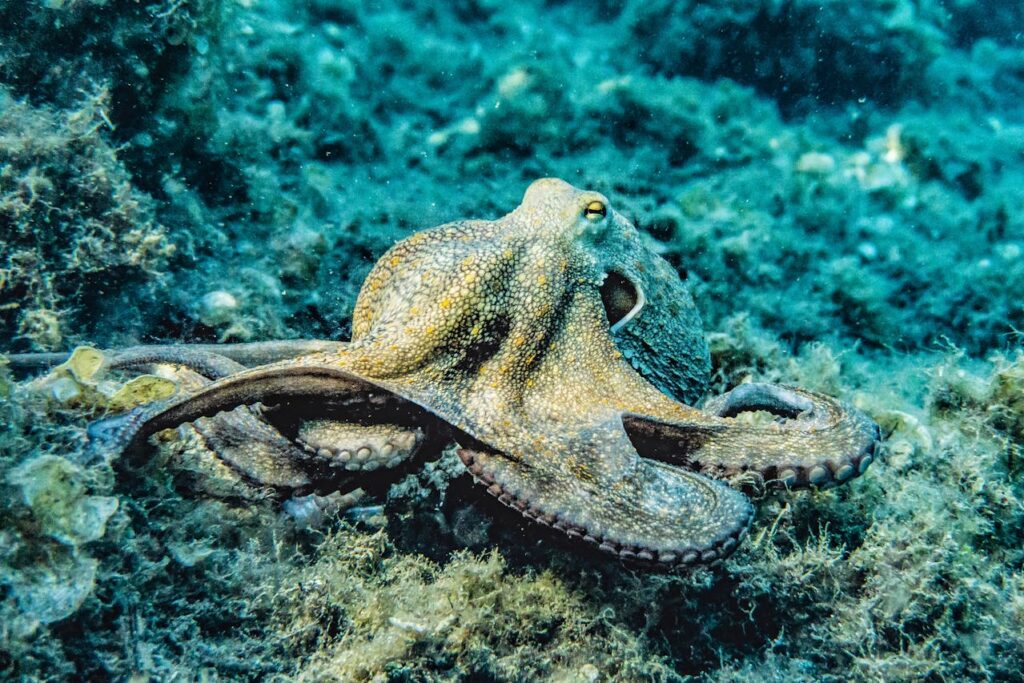
Octopuses are masters of camouflage, capable of changing both color and texture to blend seamlessly with their surroundings. This ability helps them avoid predators and ambush prey.
Dolphin’s Echolocation
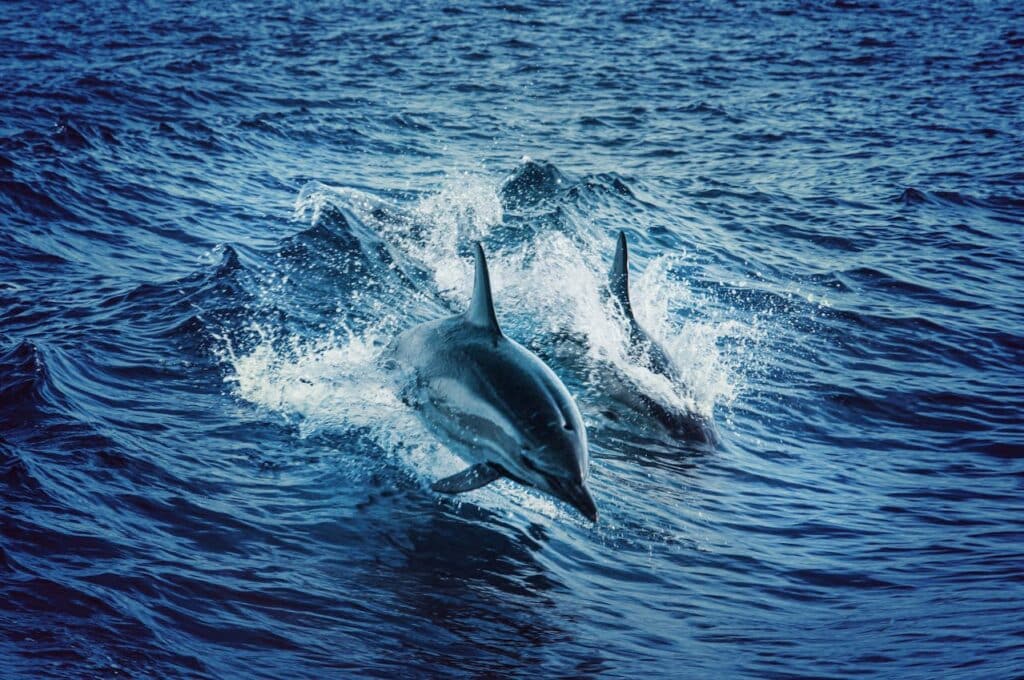
Dolphins use echolocation, emitting sound waves that bounce off objects and return to them, to navigate and locate prey underwater. This sophisticated sensory ability aids their survival in complex marine environments.
Archaeopteryx’s Transitional Features
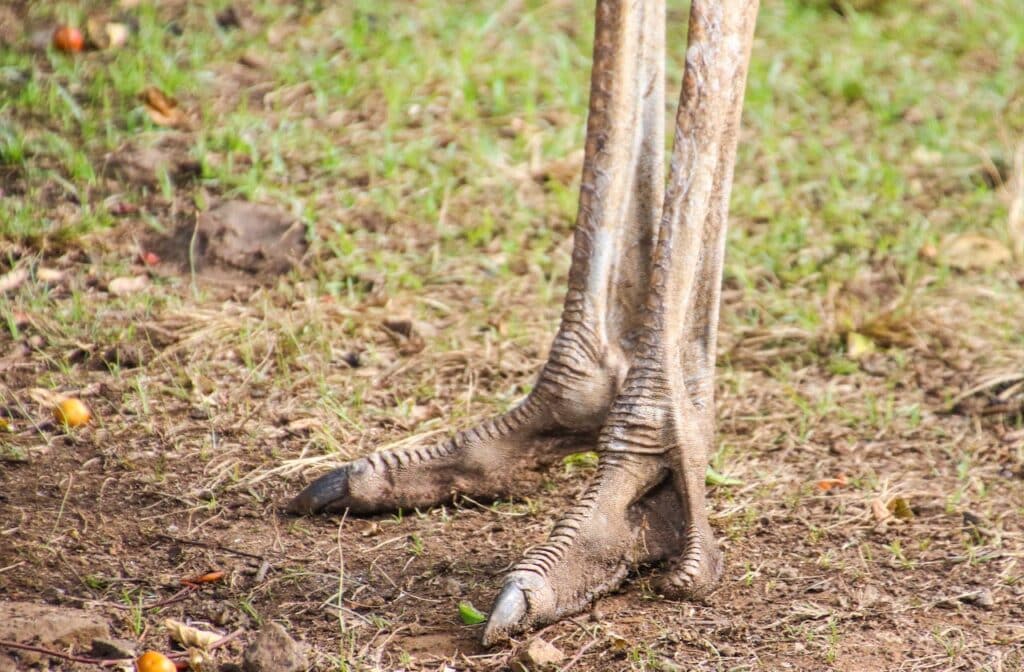
Archaeopteryx, an ancient bird-like dinosaur, had both reptilian and avian features, providing crucial evidence for the evolutionary link between dinosaurs and modern birds.
Leafcutter Ant’s Fungus Farming
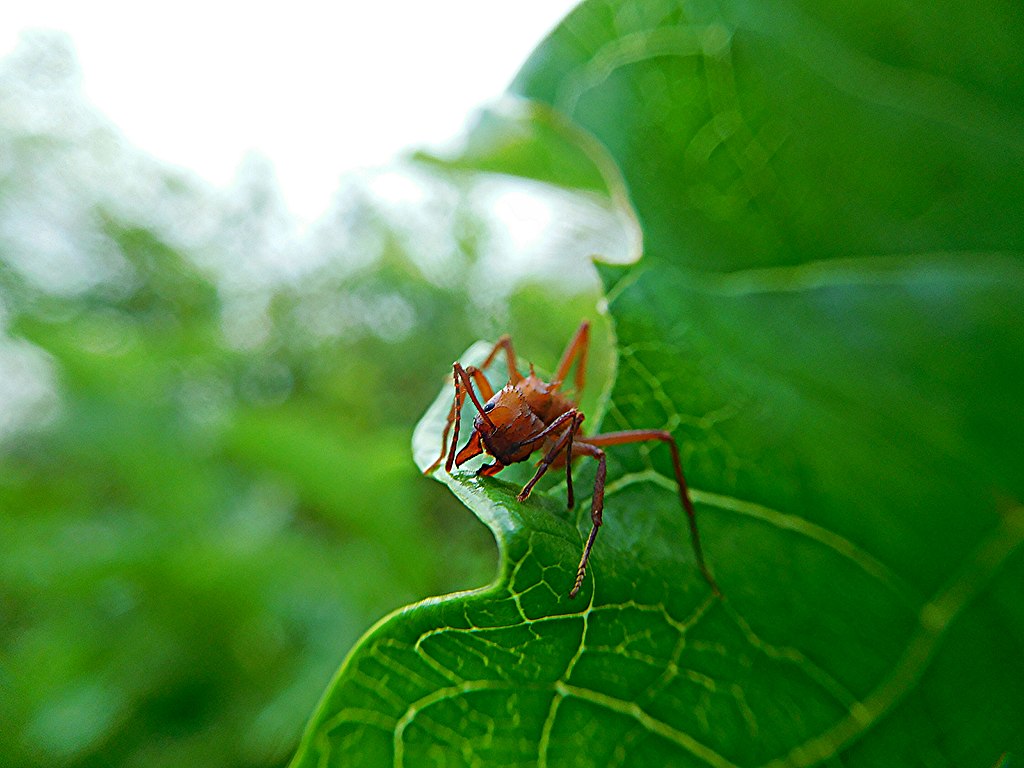
Leafcutter ants cultivate fungus gardens by cutting and processing fresh vegetation. They then use these fungi as a primary food source, showcasing their advanced agricultural practices.
Platypus’s Electroreception

The platypus has electroreceptors in its bill, allowing it to detect electrical impulses produced by prey in water. This unique sense helps them locate and capture small aquatic animals.
Tardigrade’s Extremophile Traits

Tardigrades, also known as water bears, can survive extreme conditions such as radiation, extreme temperatures, and even the vacuum of space. Their resilience makes them one of the toughest creatures on Earth.
Komodo Dragon’s Venomous Bite
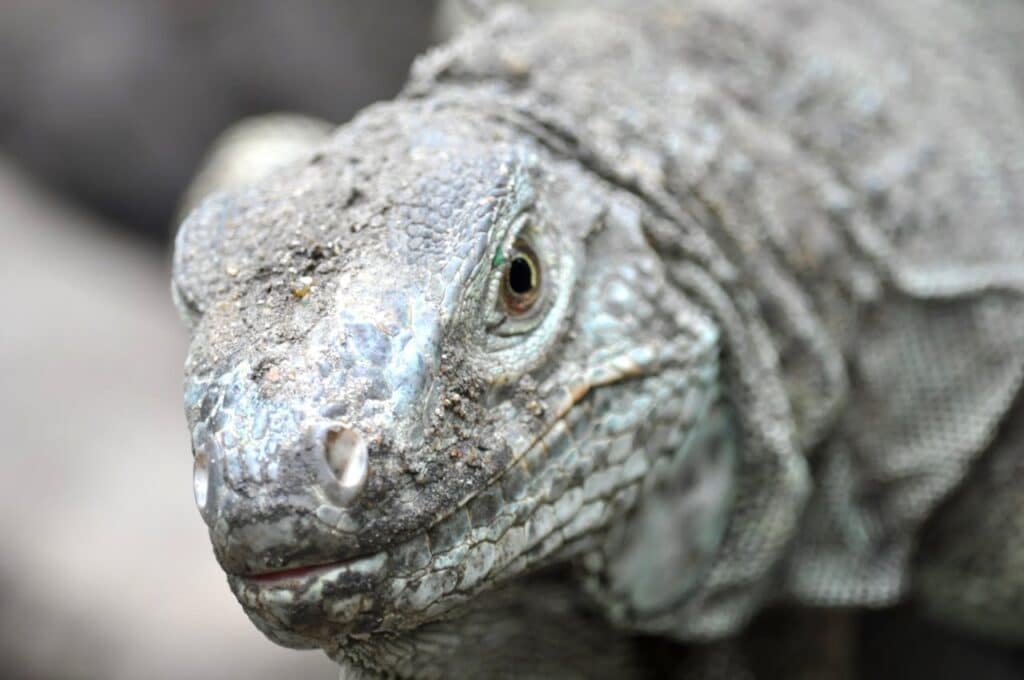
Komodo dragons possess venomous saliva that aids in subduing prey. Their serrated teeth and potent venom make them formidable predators in their habitat.
Monarch Butterfly’s Migration
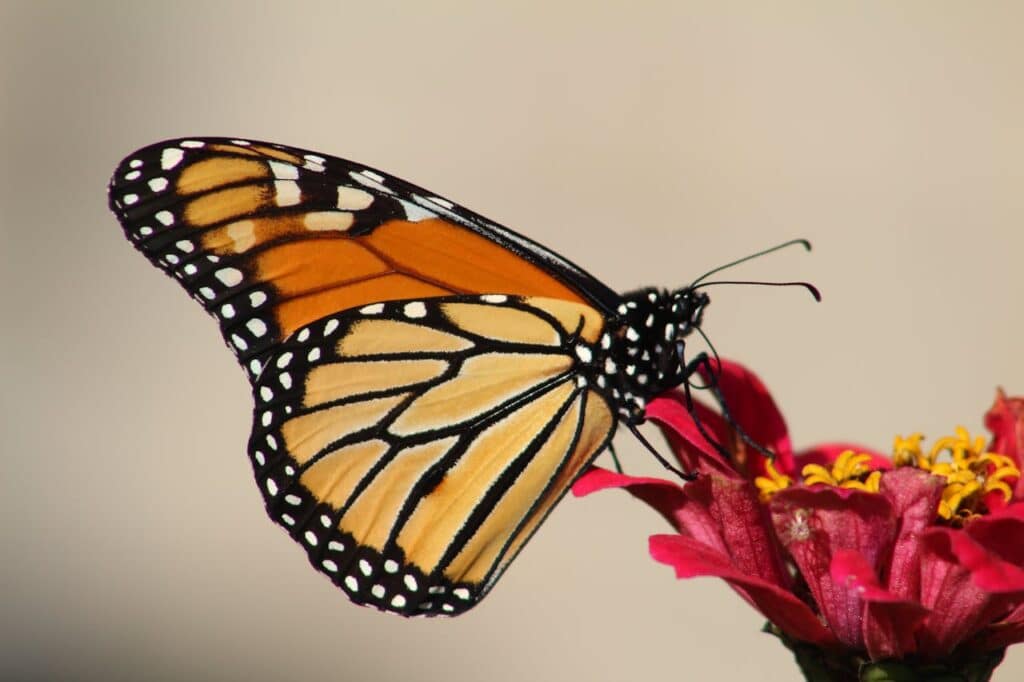
Monarch butterflies undertake impressive migrations, traveling thousands of miles across continents to reach their overwintering grounds. This annual journey is a testament to their navigational abilities.
Sperm Whale’s Diving Depth
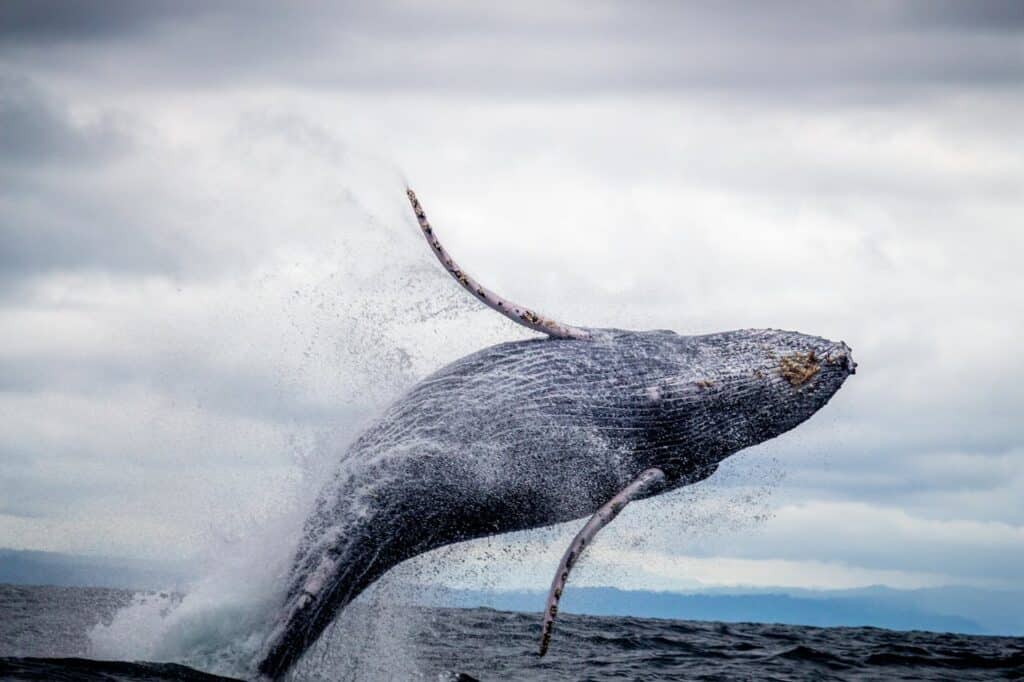
Sperm whales are champion divers, capable of descending to depths exceeding 3,000 meters in search of squid and other deep-sea prey. Their adaptations for deep diving include large oxygen reserves and collapsible rib cages.
Trap-jaw Ant’s Jaw Speed
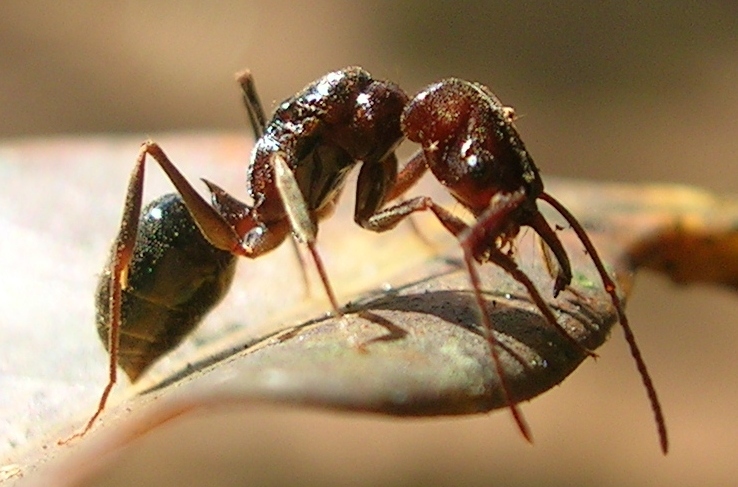
The trap-jaw ant possesses jaws that can snap shut at speeds of up to 145 miles per hour, allowing them to catch prey or launch themselves away from danger in milliseconds.
Camel’s Water Storage

Camels can survive in arid environments thanks to their ability to store water in their humps and conserve moisture in their bodies. This adaptation enables them to go extended periods without drinking.
Pistol Shrimp’s Sonic Weapon
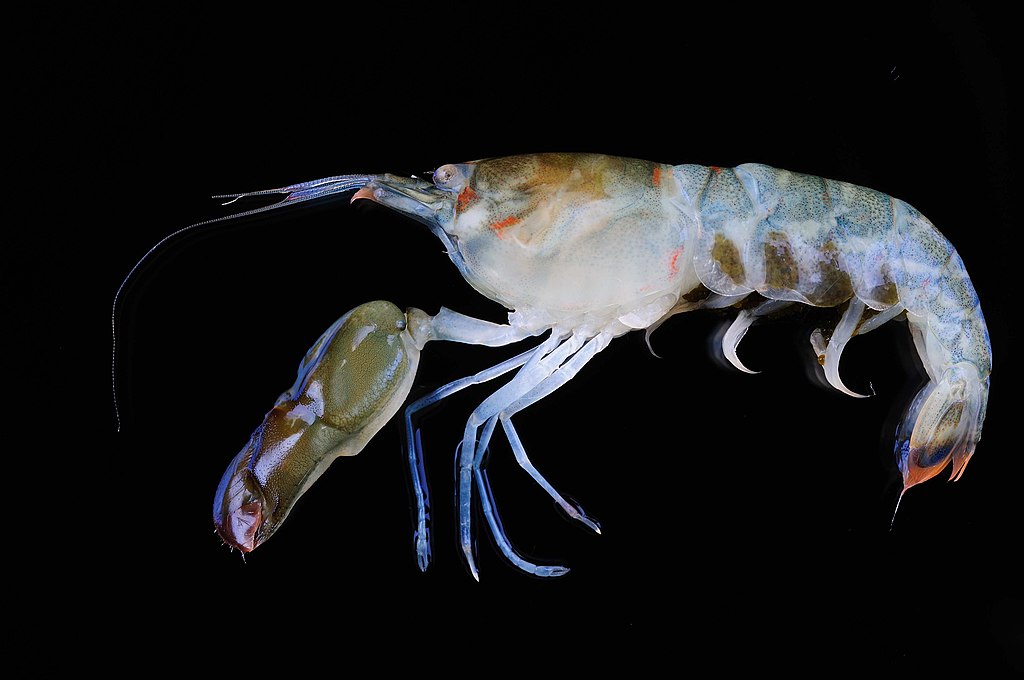
The pistol shrimp creates a cavitation bubble by snapping its specialized claw shut at high speeds, producing a sonic blast that stuns or kills prey. This unique hunting technique is incredibly effective.
Giraffe’s Neck Adaptations
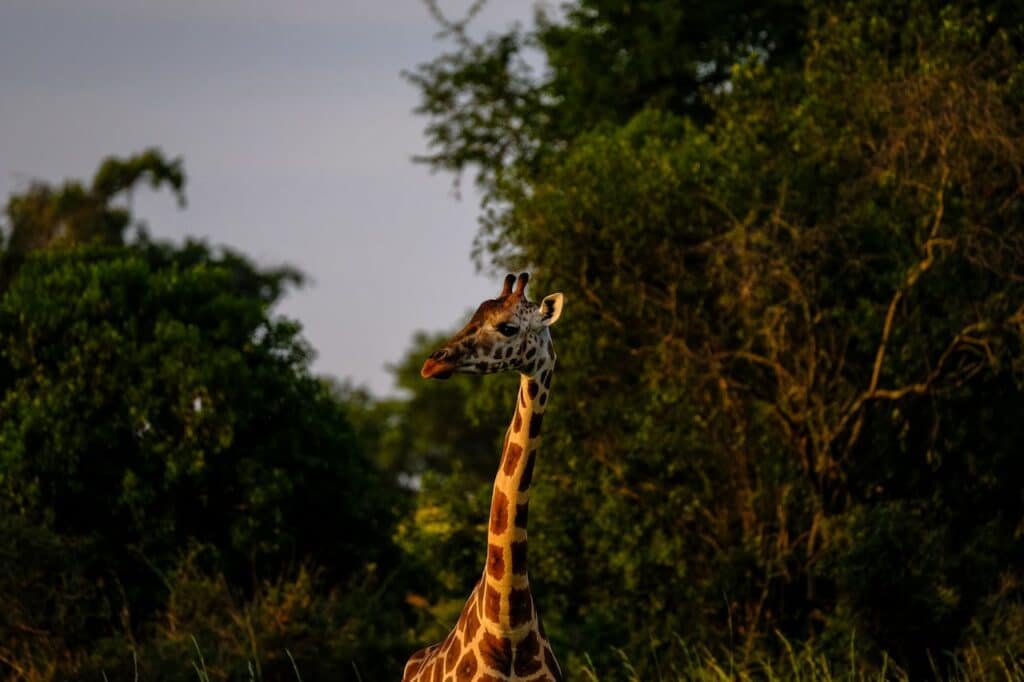
Giraffes have long necks with specialized cardiovascular adaptations, including valves and thickened blood vessels, that allow them to maintain blood pressure and avoid circulation problems when bending down to drink water.
Toucan’s Bill Strength
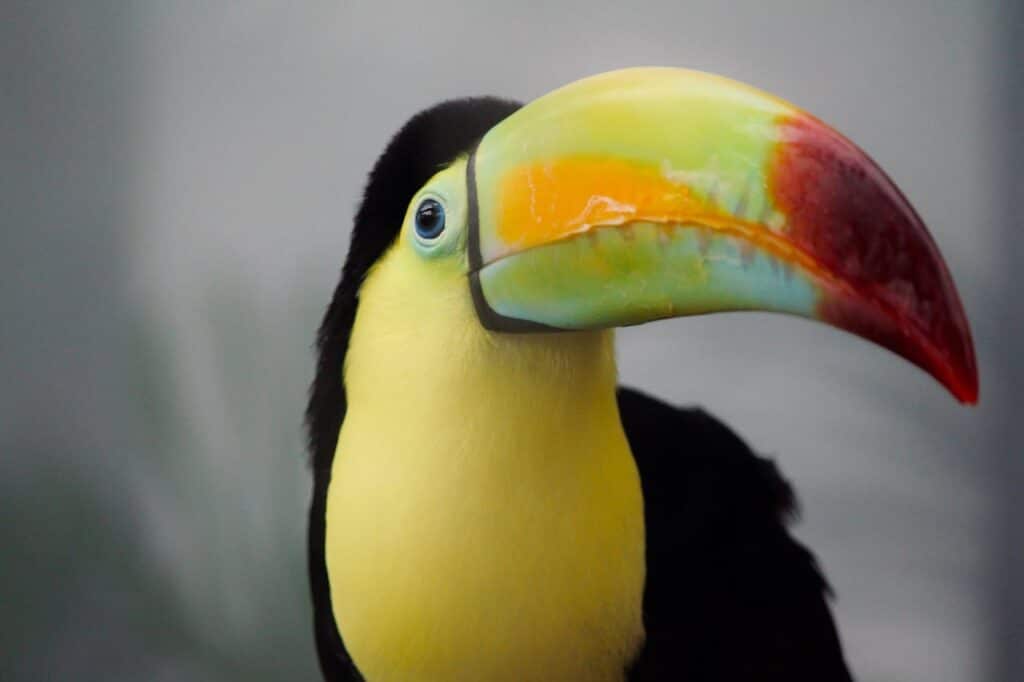
Toucans possess bills that, despite their size, are lightweight yet incredibly strong. This adaptation enables them to manipulate food items and crack open tough nuts and seeds.
Mimic Octopus’s Impersonation
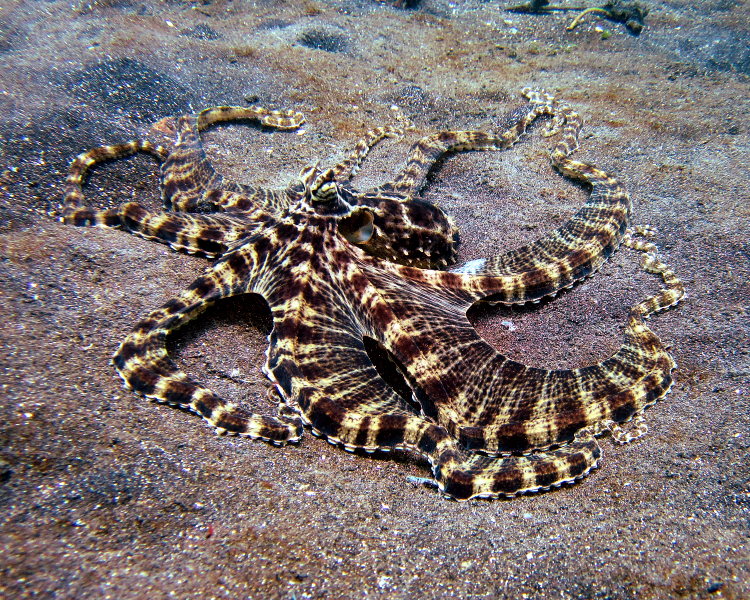
The mimic octopus can mimic the appearance and behavior of other marine creatures, such as lionfish or flatfish, to evade predators or approach prey undetected. This remarkable ability showcases its adaptability and survival skills in diverse environments.
This article originally appeared on UnifyCosmos.
More from UnifyCosmos
20 Intriguing Details About the Life of Leonardo da Vinci

This article delves into the intriguing details of his life, shedding light on the genius behind the Mona Lisa and The Last Supper. Read more!
20 Tricks for Streamlining Your Morning Routine

Mornings can often feel rushed and chaotic, but with a few clever tricks, you can transform your routine into a smooth and stress-free start to the day. Read more!
20 Little-Known Facts About the Ancient Egyptian Civilization

In this article, we will uncover some intriguing and little-known facts about the Ancient Egyptian civilization, shedding light on the remarkable and sometimes surprising facets of this enduring empire. Read more!
Leave a Reply